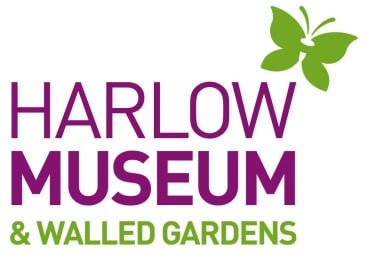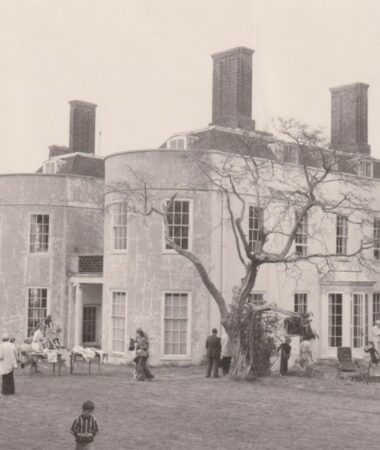
History
The exact date Kingsmoor House was built is unknown, although it’s believed to be around the 18th Century and extended in the 19th and 20th Century. The 1841 Census was the first written document which names the building as Kingsmoor House. Throughout the years ownership transferred to several people and families, including:
- 1845 – John Risden
- 1873 – Joseph Todhunter
- 1921 – Benjamin Todhunter
- 1952 – Edward Todhunter
- 1953 – Harlow Development Corporation
Records from the 1950s show that the Harlow Development Corporation purchased the house as part of general development. Originally, they planned to use the building as social housing, or to demolish the house and redevelop the land. However, after further evaluation and extensive renovation works the house opened as a Family and Community Centre. The center provided support, resources, and facilities for families, parents, and individuals living in the local area.
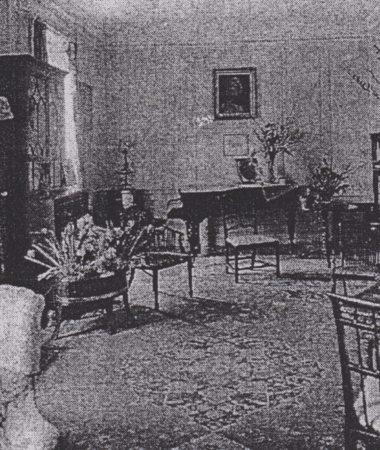
Rooms
The original house featured grand architecture and designs. Visitors would enter via the main entrance hall and be greeted with the main staircase and view into the lounge. Framed paintings would have hung throughout the house, and it’s believed the former Blue Room would have been used as a billiard room. The Yellow room featured a fireplace and piano and was likely used as a room for entertaining. A huge conservatory ran along the rear of the building giving views to the surrounding grounds.
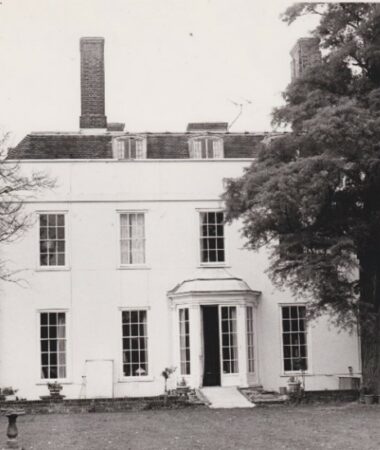
Present Day
Presently Kingsmoor House is a Grade II listed building, and still features much of its original exterior architecture. The building itself has undergone several renovations and conservation work to ensure the buildings protection and longevity. Kingsmoor House is now privately owned as a residential building, once again offering luxury accommodation to several occupants.
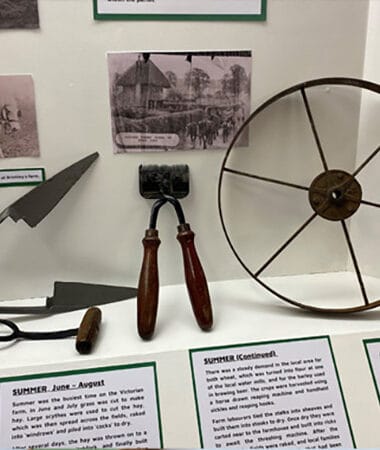
What to see at Harlow Museum?
Harlow Museum & Walled Gardens features the Parish Gallery, exploring the five parishes which originally made up the land where Harlow Town now stands, including Potter Street, Latton, Netteswell, Little and Great Parndon. During your visit you can view multiple maps and artefacts that offer a fascinating glimpse into the physical landscape and lives of residents living in the parishes.
Learn more about Harlow Museum here